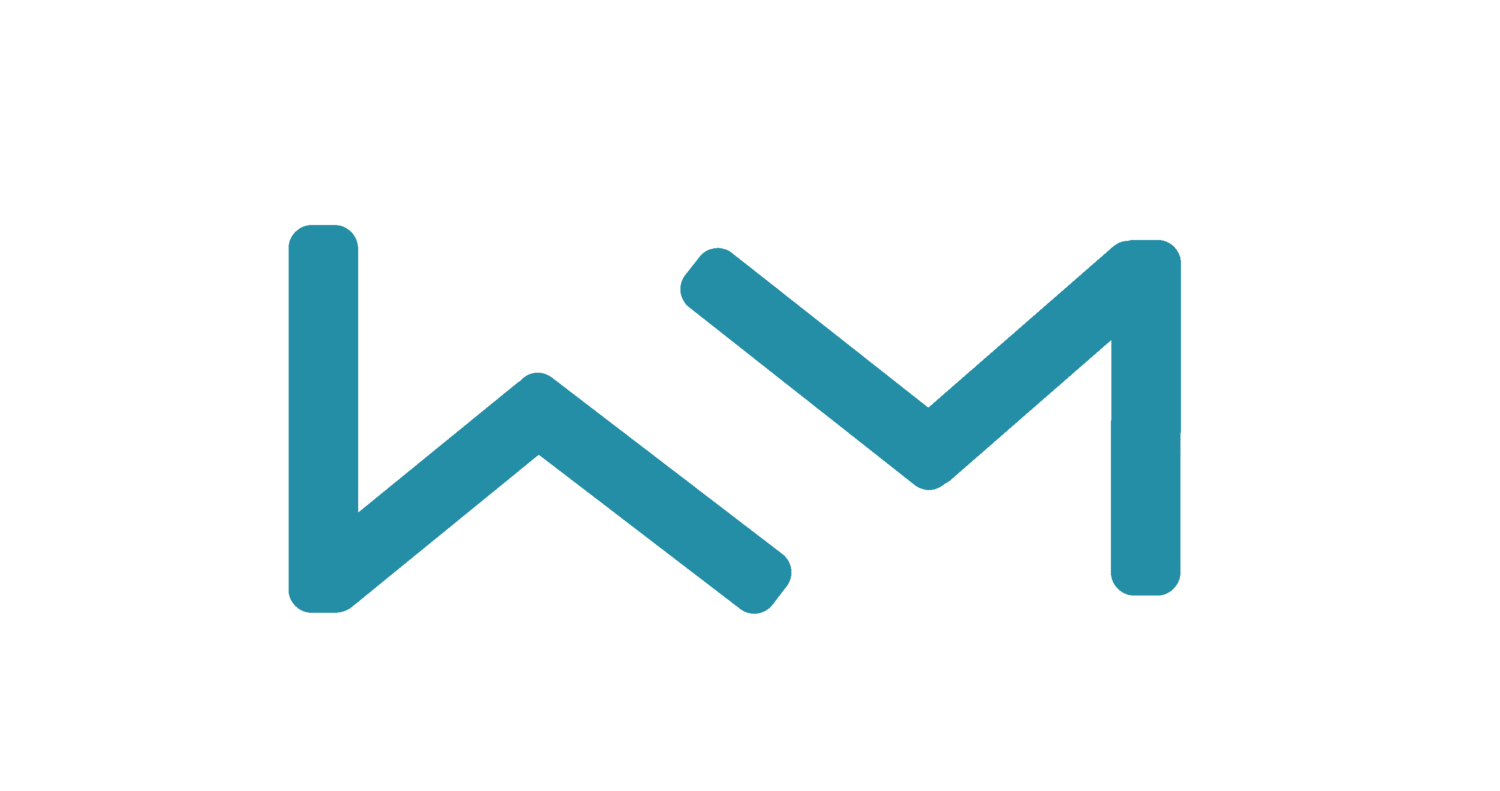The Ultimate Guide to Social Media Scheduling for Beginner Agencies
Social media scheduling has become essential for agencies managing multiple clients and platforms. By planning and automating posts, you save time, keep content consistent, and ensure that the right message reaches the right audience at the right time. Whether you’re managing Facebook, Instagram, LinkedIn, or Twitter accounts, mastering social media scheduling can make a world of difference.
Here are six key points to help beginner social media agencies get started with social media scheduling:
1. Why Social Media Scheduling Is Important
Social media scheduling helps streamline your efforts across various platforms, reducing the chaos of posting on the fly. By scheduling posts in advance, agencies can ensure they’re delivering consistent content without last-minute stress.
For instance, imagine having to post for a client daily at 10 AM. Without scheduling tools, you'd need to be available at that specific time, every day, which isn’t realistic. Scheduling allows you to plan posts in advance for weeks or months, so you can focus on other important tasks.
Another benefit is consistency. Social media algorithms often reward consistent posting, which increases your chances of visibility. Scheduling helps you maintain this regularity effortlessly.
2. Choosing the Right Scheduling Tools
There are various scheduling tools available, and choosing the right one depends on your agency’s needs. Popular options include Hootsuite, Buffer, and Heyorca. These platforms allow you to schedule posts across multiple social media platforms and even provide analytics to measure your performance.
For example, Buffer is an excellent option for beginners. It’s simple to use, and you can schedule posts for platforms like Facebook, Twitter, Instagram, and LinkedIn all in one place. You can also set custom posting times for each client, ensuring that posts go live at peak times for engagement.
In case you’re wondering which scheduler we use, let us tell you our secret. We use Heyorca scheduling platform.
If you do have a small in-house team that manages your social media, Heyorca can be an option. The best part: no credit card is required.
3. Understanding When to Post
Knowing when to schedule posts is just as important as creating the content itself. Different social media platforms have their own peak times when users are most active. For example, Facebook users tend to be more active during the early afternoons, while Instagram engagement peaks in the evenings.
To find the best time to post, you can use the analytics provided by scheduling tools like Hootsuite or Sprout Social. These platforms offer insights into when your audience is most active, which helps you determine the best times to schedule posts.
If you’re working with multiple clients, it’s vital to tailor the posting schedule to each client’s target audience. For instance, a fitness brand might perform best with morning posts, whereas a nightlife business might engage more in the late evenings.
4. Planning Content in Advance
Content planning is the backbone of social media scheduling. Developing a content calendar helps you map out posts for the week, month, or even the quarter. This strategy ensures that your client’s social media accounts stay fresh and relevant.
A content calendar allows you to coordinate campaigns, highlight special events, and ensure that you’re consistently sharing a variety of content, such as promotional posts, informational articles, and engagement-focused content like polls and questions.
For example, if you’re managing a fashion brand’s social media, you can plan content around seasonal trends, holidays, and product launches. With a content calendar, you know exactly what’s coming up and can prepare in advance, preventing last-minute scrambling for ideas.
5. Automating Engagement with Your Audience
While scheduling posts is a time-saver, it’s important not to forget about engagement. Social media is about building connections, so you still need to interact with followers, respond to comments, and engage with other accounts.
Although tools like Sprout Social allow you to automate responses to some common inquiries, it’s essential to maintain a human touch. For example, if someone comments on a client’s post about how much they love a product, a simple, personalized reply can make a huge difference.
Remember, automation should assist, not replace, real interactions. Set aside specific times each day to check comments, messages, and mentions to keep up with your audience.
6. Measuring and Adjusting Your Strategy
Scheduling posts is just the first step; tracking how they perform is just as important. Use analytics to measure engagement, reach, and other key metrics. This data will help you adjust your strategy for future posts.
For example, if you notice that posts featuring behind-the-scenes content for one client perform better than promotional posts, you can schedule more of that type of content. Most scheduling tools like Sendible or Later provide in-depth analytics reports that break down what’s working and what isn’t.
Regularly reviewing these insights helps ensure that you’re always improving your strategy and providing clients with the best possible social media presence.
Final thoughts
Social media scheduling is an invaluable tool for beginner agencies looking to save time, maintain consistency, and optimize their clients’ social media presence. By understanding why it’s important, choosing the right tools, and staying engaged with your audience, you’ll be well on your way to mastering social media scheduling. Remember, it’s all about planning ahead, tracking performance, and adjusting your approach as needed to create the most effective social media strategies.
